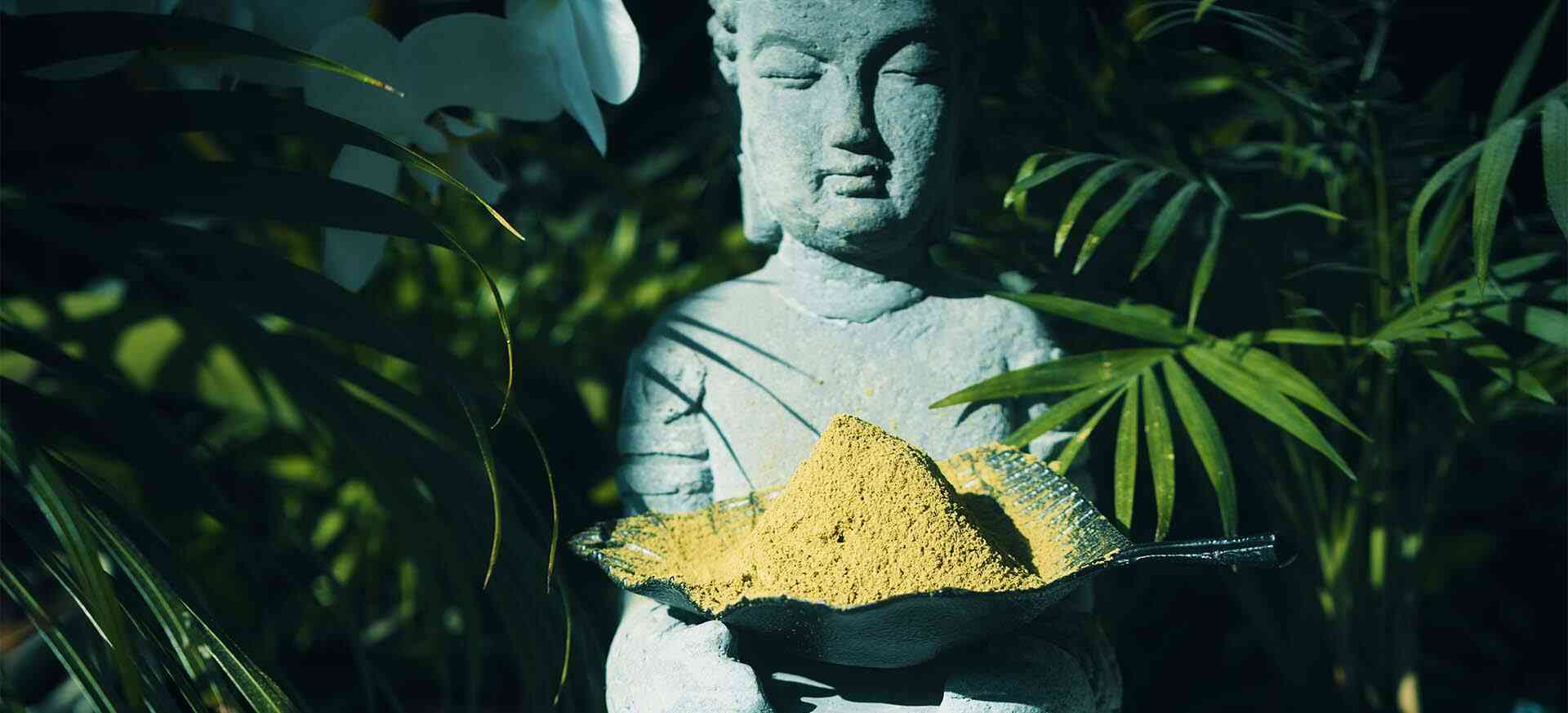Exploring the Origins of Kratom: History and Cultural Significance
Introduction
Kratom, scientifically known as Mitragyna speciosa, has captured the interest of a global audience. This tropical tree, indigenous to Southeast Asia, is not only a botanical specimen but also a plant steeped in rich history and cultural significance. This blog post aims to explore the Kratom history, tracing its journey from traditional usage in ancient cultures to its current status in the world.
1. Kratom’s Early History and Traditional Use
The story of Kratom begins in the lush rainforests of Southeast Asia, particularly in countries like Thailand, Malaysia, and Indonesia. For centuries, Kratom has been an integral part of traditional medicine in these regions. Local populations have long recognized its potential for treating a variety of ailments. Historically, Kratom leaves were chewed by workers and farmers to combat fatigue and increase productivity in the humid and labor-intensive environment.
2. Kratom in Cultural Practices
Beyond its medicinal use, Kratom also holds a place in the cultural and social practices of Southeast Asian societies. It has been used in religious ceremonies and social gatherings, symbolizing hospitality and social bonding. In some communities, offering Kratom to guests was a sign of respect and a way to welcome visitors.
3. The Spread of Kratom Worldwide
The journey of Kratom from a local herb to a globally known plant began with the expansion of trade routes and increased global connectivity. As people traveled and migrated, they brought Kratom with them, introducing it to new cultures and countries. This was further accelerated by the rise of the internet, which allowed for the easy exchange of information and made Kratom more accessible to a global audience.
4. Kratom in Modern Times
Today, Kratom has a controversial yet prominent place in the herbal supplement market. It is sought after for its potential therapeutic benefits, including pain relief, mood enhancement, and assistance in opioid withdrawal. However, this has also led to debates about its legality, safety, and potential for abuse. The modern chapter of Kratom history is still being written, as scientists, policymakers, and consumers continue to explore and understand this complex plant.
Conclusion
Kratom’s history is a tapestry woven from traditional uses, cultural practices, and the dynamics of a globalizing world. Its journey from the rainforests of Southeast Asia to the shelves of stores around the globe is a testament to the plant’s resilience and enduring appeal. As we continue to explore and understand Kratom, it’s important to remember and respect its rich historical and cultural roots.
We would love to hear your thoughts on Kratom history. Have you encountered any interesting historical facts or cultural anecdotes about Kratom? Feel free to share in the comments below. Your insights can help deepen our collective understanding of this intriguing plant and its place in the world.



